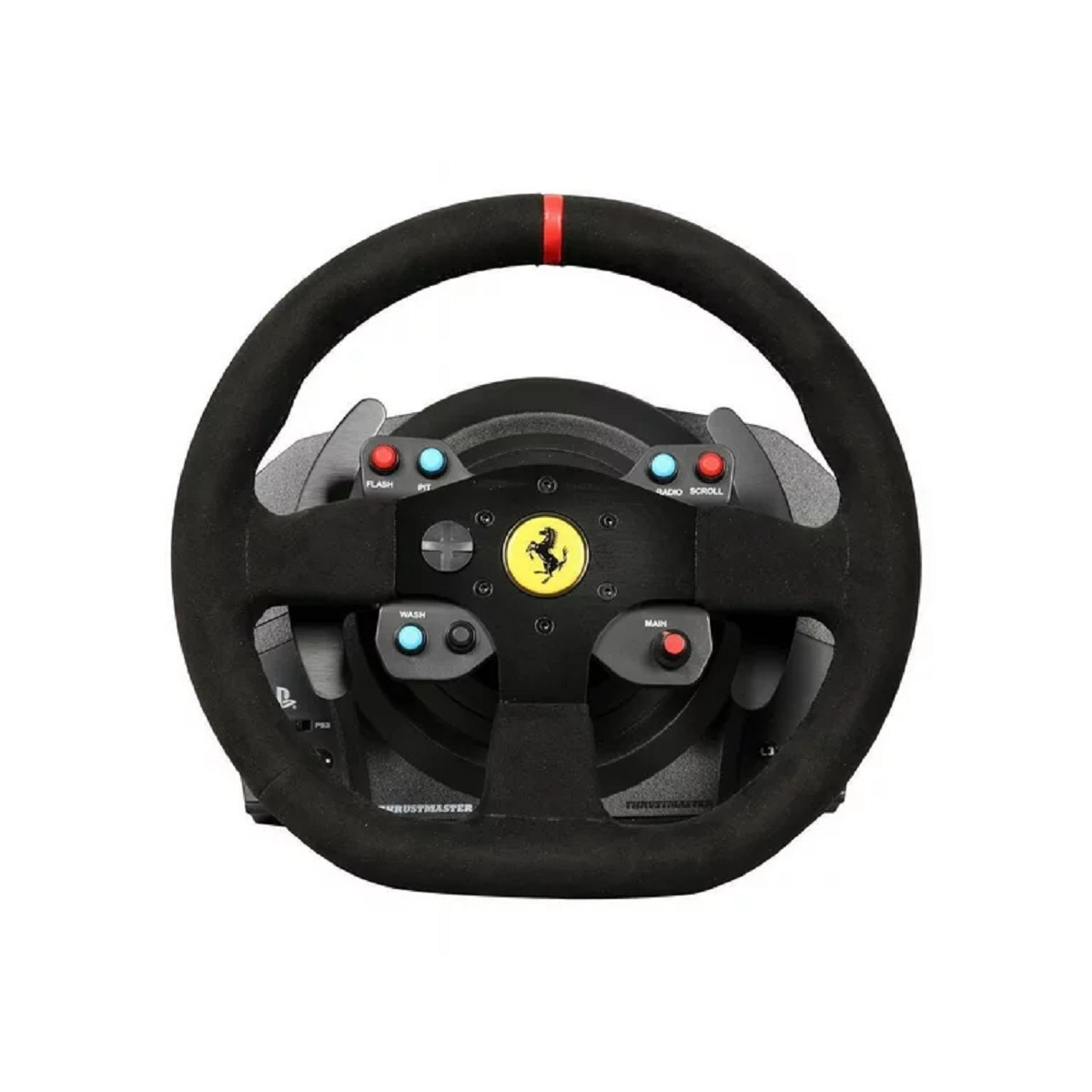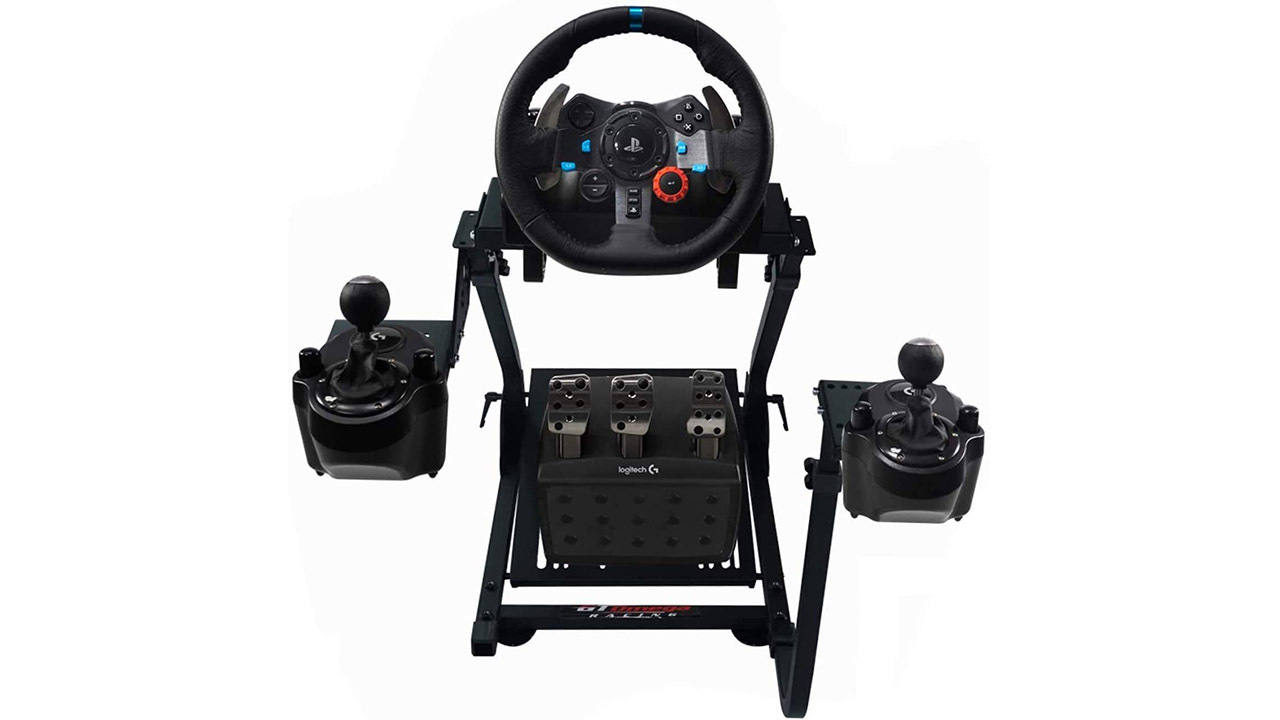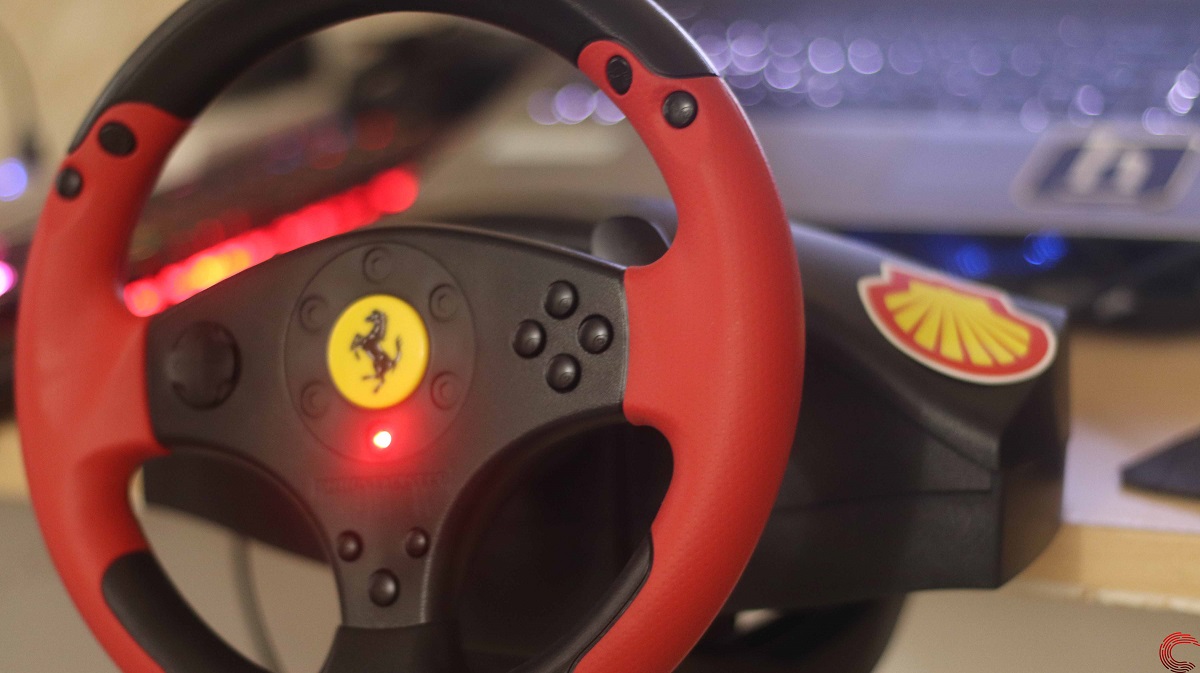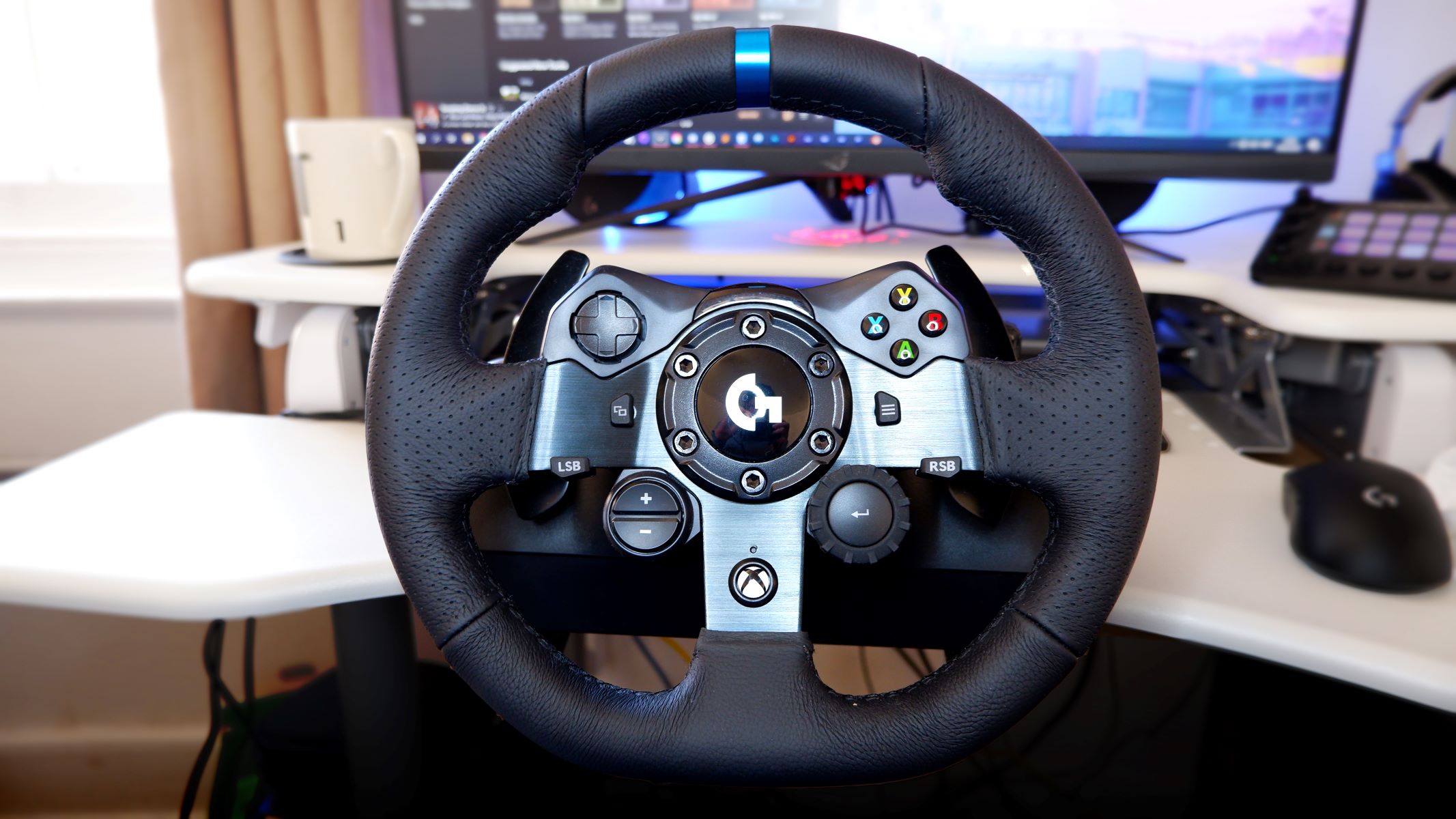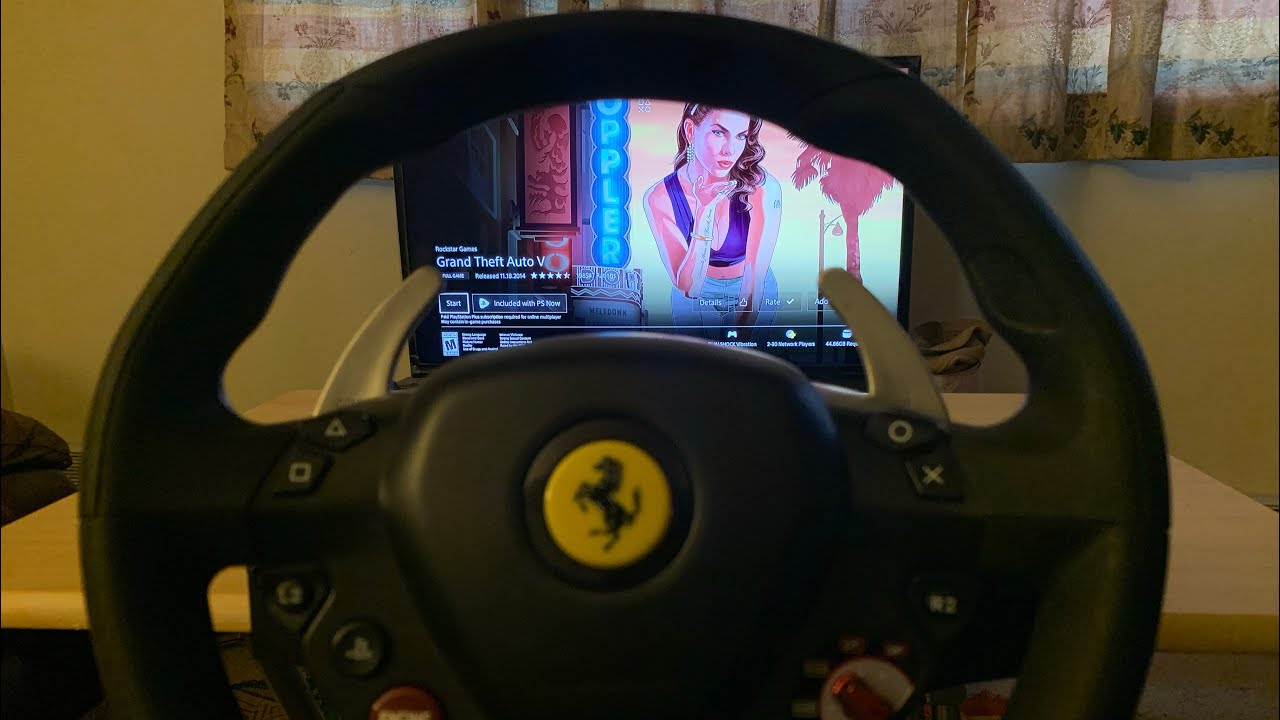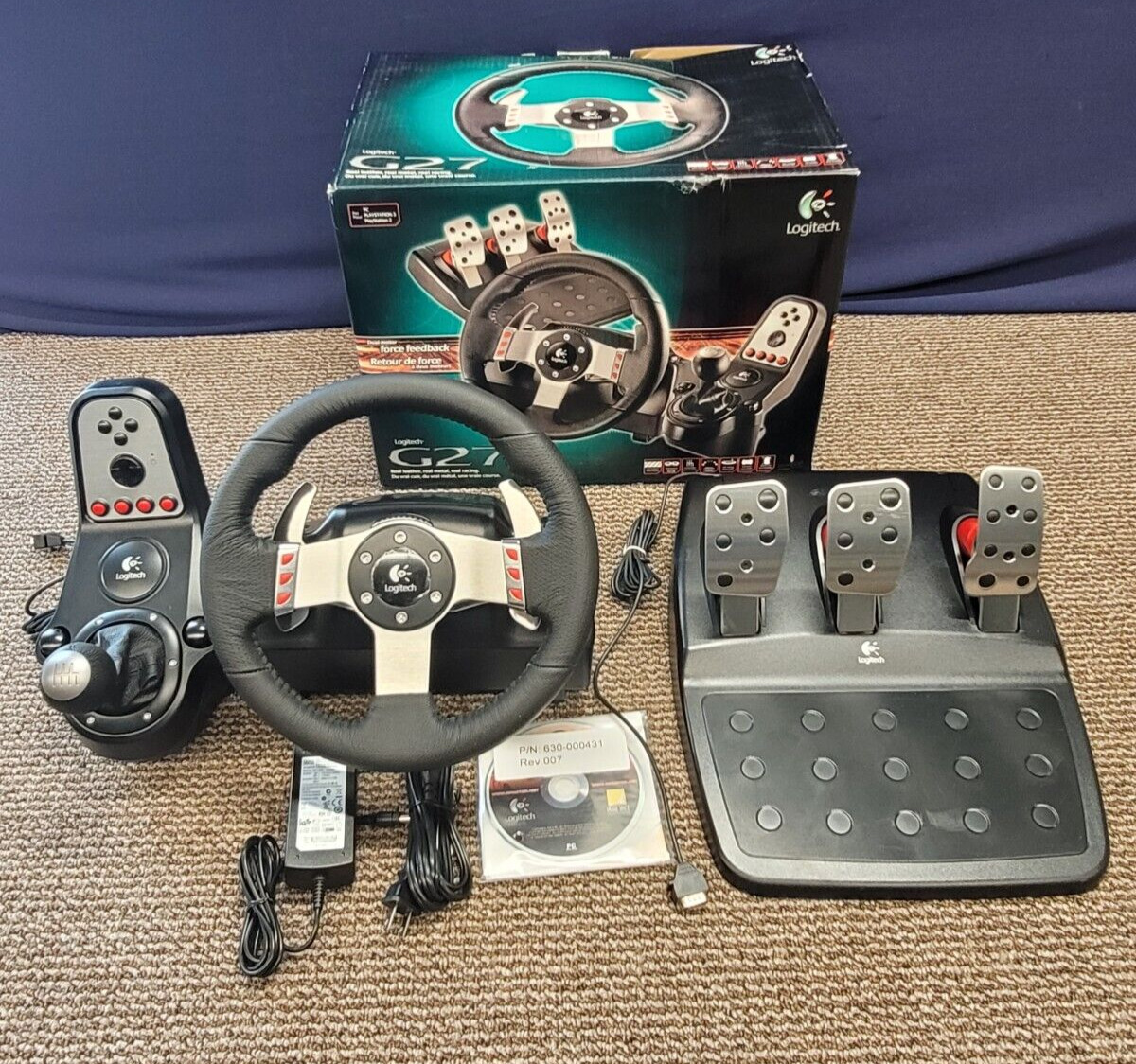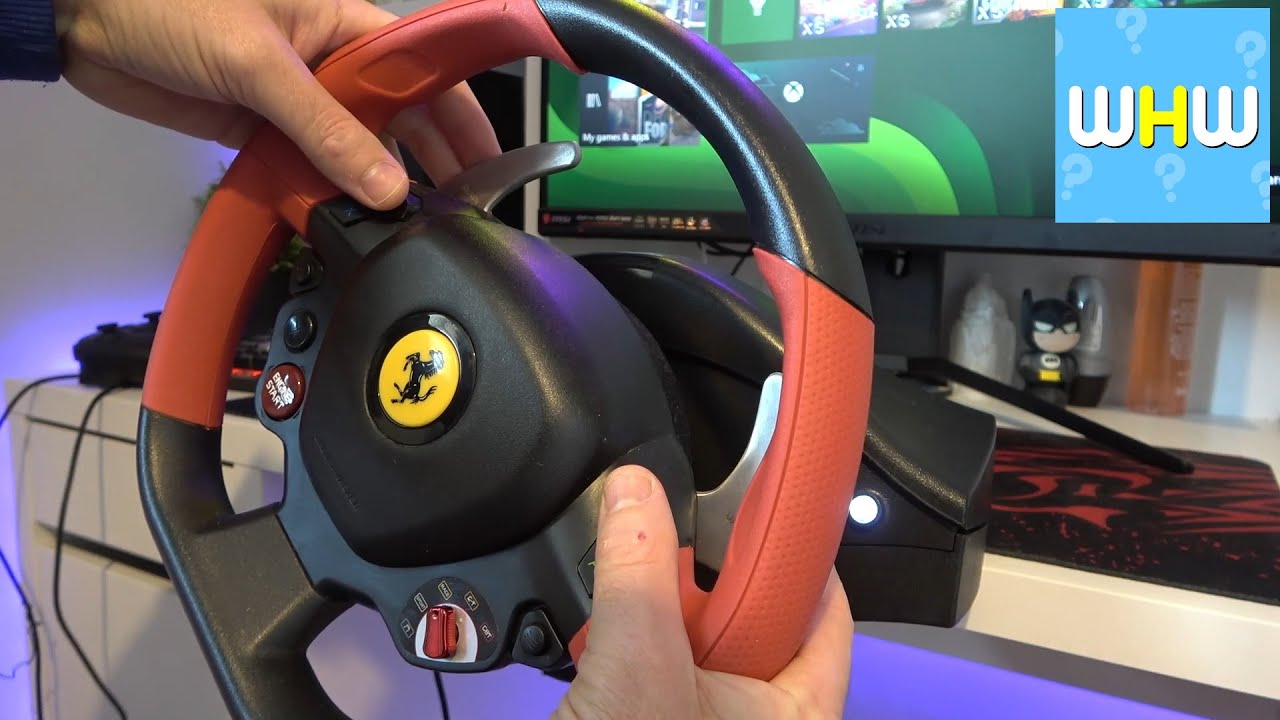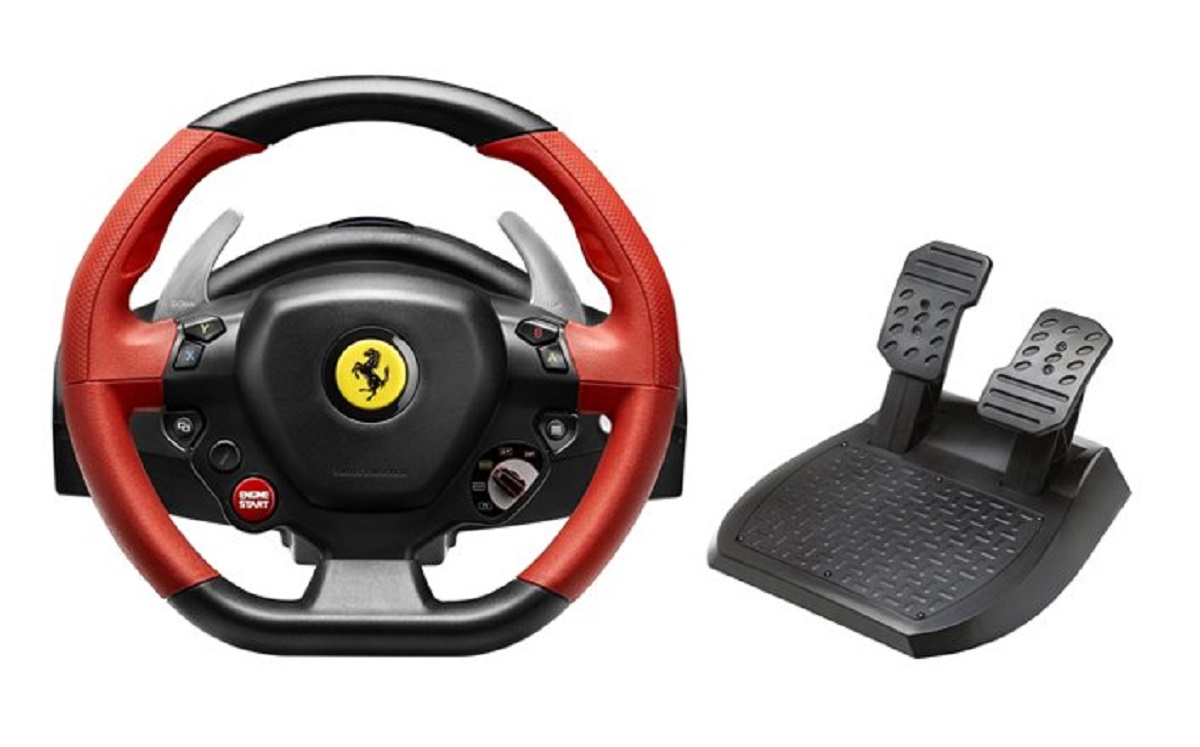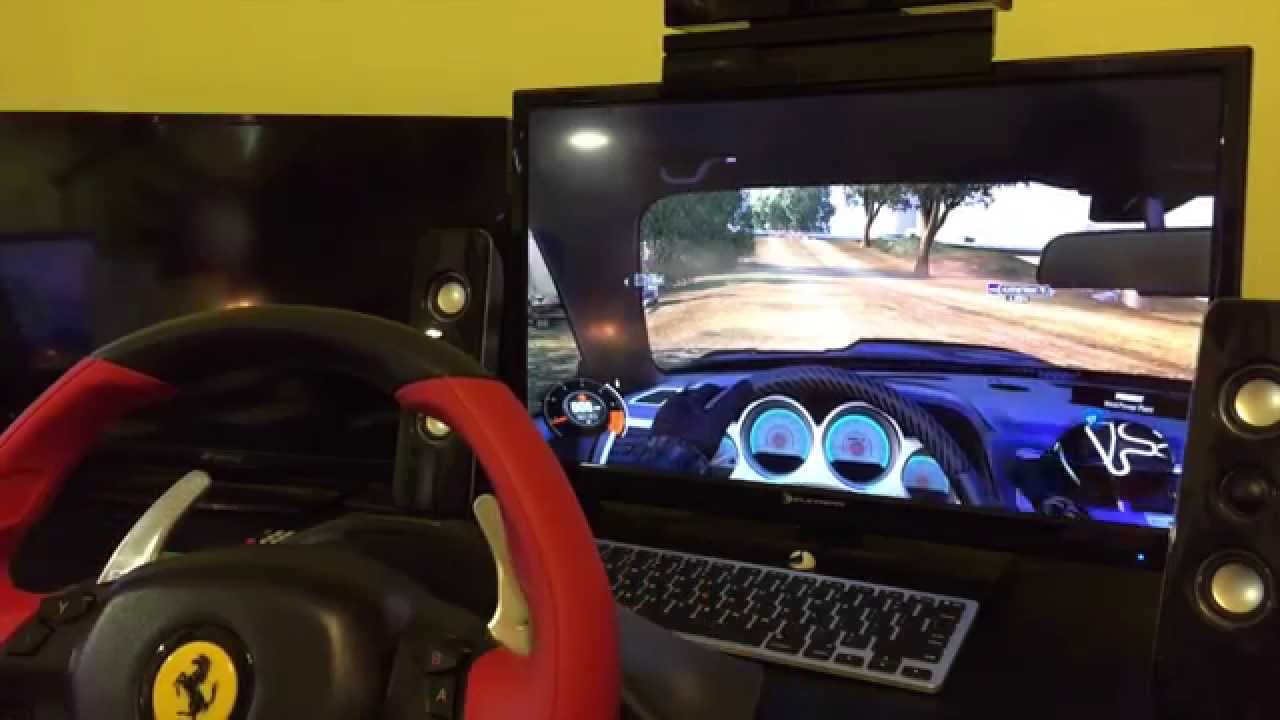Introduction
Introduction
If you're an avid racing enthusiast, the T300 Ferrari Integral Racing Wheel is likely an essential part of your gaming setup. This high-performance racing wheel offers an immersive and realistic driving experience, allowing you to feel every turn, bump, and skid as if you were behind the wheel of a real race car. However, like any electronic device, the T300 Ferrari Integral Racing Wheel may encounter technical issues that can hinder your gaming experience. Fortunately, many of these issues can be resolved with a few troubleshooting steps.
In this guide, we will walk you through the process of troubleshooting common problems with the T300 Ferrari Integral Racing Wheel. Whether you're dealing with connectivity issues, calibration problems, or force feedback malfunctions, we've got you covered. By following the steps outlined in this guide, you can get your racing wheel back in top form and dive back into your favorite racing games with renewed excitement.
Now, let's dive into the troubleshooting process and get you back on the virtual track in no time.
Checking the Connection
Before delving into more complex troubleshooting steps, it’s crucial to ensure that the T300 Ferrari Integral Racing Wheel is properly connected to your gaming system. A loose or faulty connection can often be the culprit behind unresponsive or erratic behavior. Follow these steps to verify and rectify any potential connectivity issues:
- USB Connection: Start by checking the USB connection between the racing wheel and your gaming console or computer. Unplug the USB cable from both the wheel and the system, then firmly reinsert it into the respective ports. If the connection appears loose, try using a different USB port on your device.
- Power Supply: If your racing wheel requires an external power supply, ensure that it is securely connected to a power outlet and the wheel itself. Verify that the power cable is not damaged or frayed, as this could impede the flow of electricity to the wheel.
- Compatibility: Confirm that the T300 Ferrari Integral Racing Wheel is compatible with your gaming platform. Some wheels may require specific drivers or firmware updates to function correctly with certain systems. Refer to the manufacturer’s documentation to verify compatibility requirements.
Once you have checked and, if necessary, rectified the connections, test the racing wheel to see if the issue has been resolved. If connectivity problems persist, proceed to the next troubleshooting steps to further diagnose and address the issue.
Calibrating the Wheel
Calibration is a critical aspect of ensuring that your T300 Ferrari Integral Racing Wheel operates accurately and responsively. If you notice erratic steering behavior, dead zones, or unbalanced force feedback, recalibrating the wheel may help restore its performance. Here’s how to calibrate the racing wheel:
- Software Calibration: Many racing wheel models come with dedicated software that allows you to fine-tune various settings, including wheel sensitivity, rotation range, and force feedback strength. Install the manufacturer’s software on your computer and follow the instructions to calibrate the wheel to your preferences.
- Console Calibration: Gaming consoles often feature built-in calibration tools for compatible racing wheels. Access the console’s settings or options menu to locate the calibration utility. Follow the on-screen prompts to adjust the wheel’s settings and ensure that it is properly calibrated for optimal performance.
- Physical Calibration: In some cases, physical adjustments may be necessary to calibrate the racing wheel. Check for any loose components, misaligned parts, or excessive wear that could affect the wheel’s performance. Follow the manufacturer’s guidelines for making physical adjustments to the wheel.
After calibrating the wheel, test it in a racing game to evaluate its responsiveness and accuracy. If the calibration process resolves any issues, you can continue enjoying a seamless and immersive racing experience. However, if calibration does not address the problems, proceed to the next troubleshooting steps to further diagnose and resolve the issue.
Updating the Drivers
Outdated or incompatible drivers can often lead to functionality issues with the T300 Ferrari Integral Racing Wheel. To ensure that the wheel operates seamlessly with your gaming system, it’s essential to keep its drivers up to date. Follow these steps to update the drivers for your racing wheel:
- Manufacturer’s Website: Visit the official website of the racing wheel’s manufacturer to check for available driver updates. Look for a dedicated support or downloads section where you can find the latest drivers for your specific model.
- Driver Installation: Download the updated drivers and follow the installation instructions provided by the manufacturer. Ensure that you are installing the drivers compatible with your gaming platform, whether it’s a PC, PlayStation, or Xbox.
- Firmware Updates: In addition to drivers, check if there are any firmware updates available for the racing wheel. Firmware updates can address performance issues and introduce new features, enhancing the overall functionality of the wheel.
After updating the drivers and firmware, restart your gaming system and test the racing wheel to see if the updates have resolved any previous issues. By keeping the drivers current, you can optimize the compatibility and performance of the T300 Ferrari Integral Racing Wheel, ensuring a more enjoyable and immersive racing experience.
Troubleshooting Force Feedback Issues
Force feedback is a key feature that simulates the tactile sensations of driving, such as vibrations, jolts, and resistance, enhancing the realism of the racing experience. However, if the force feedback function of your T300 Ferrari Integral Racing Wheel is not functioning as expected, several troubleshooting steps can help identify and resolve the underlying issues:
- Power and Connection: Ensure that the racing wheel is receiving adequate power and is properly connected to your gaming system. A weak or unstable power supply can impact the force feedback functionality, leading to inconsistent performance.
- Calibration Check: Verify that the wheel is correctly calibrated, as improper calibration can affect force feedback behavior. Use the manufacturer’s software or console settings to recalibrate the wheel and ensure that force feedback settings are optimized for your preferences.
- Driver Updates: As mentioned earlier, outdated drivers can impede the proper functioning of force feedback. Confirm that the drivers and firmware for the racing wheel are up to date, as newer updates may address force feedback-related issues.
- Environmental Factors: Consider the physical environment where the racing wheel is located. Excessive vibrations, temperature extremes, or electromagnetic interference from nearby devices can impact force feedback performance. Relocate the wheel to a more stable and interference-free area if necessary.
- Manufacturer Support: If the force feedback issues persist, reaching out to the manufacturer’s customer support can provide additional troubleshooting guidance and potential solutions. The manufacturer’s technical team may offer specific recommendations tailored to the T300 Ferrari Integral Racing Wheel.
By systematically addressing these potential factors, you can isolate and resolve force feedback issues, restoring the immersive and dynamic driving sensations that the racing wheel is designed to deliver.
Troubleshooting Button and Pedal Issues
Button and pedal malfunctions can significantly impact the gameplay experience when using the T300 Ferrari Integral Racing Wheel. Whether you’re encountering unresponsive buttons, erratic pedal behavior, or input lag, addressing these issues is crucial for seamless and precise control during races. Here’s how to troubleshoot common button and pedal issues:
- Button Responsiveness: Test each button on the racing wheel to identify any unresponsive or sticky inputs. Clean the button contacts using compressed air or a specialized electronic contact cleaner to remove any debris or residue that may be affecting their responsiveness.
- Pedal Calibration: If the pedals exhibit inconsistent or unpredictable behavior, recalibrate them using the manufacturer’s software or console settings. Ensure that the pedal inputs are accurately recognized and that their sensitivity aligns with your driving preferences.
- Physical Inspection: Examine the buttons, pedals, and their respective connections for any signs of damage, wear, or loose wiring. Tighten any loose connections and inspect the internal mechanisms for obstructions or misalignments that may impede their functionality.
- Compatibility Verification: Confirm that the racing wheel and its peripherals are fully compatible with your gaming platform. Some button and pedal issues may arise from compatibility conflicts or inadequate driver support for specific functions.
- Software Updates: Check for and install any available software updates for the racing wheel and its associated peripherals. Updated software can address compatibility issues and introduce optimizations for button and pedal performance.
By addressing button and pedal issues through these troubleshooting steps, you can restore precise control and responsiveness to the T300 Ferrari Integral Racing Wheel, enhancing your overall gaming experience and competitive edge on the virtual racetrack.
Conclusion
By following the troubleshooting steps outlined in this guide, you can effectively address a wide range of technical issues that may arise with the T300 Ferrari Integral Racing Wheel. From connectivity and calibration to driver updates and specific component troubleshooting, the comprehensive approach presented here empowers you to overcome common challenges and optimize the performance of your racing wheel.
It’s important to approach troubleshooting systematically, starting with the most basic checks such as connections and power supply before progressing to more intricate solutions involving software and hardware adjustments. Additionally, staying informed about the latest driver updates and firmware releases is essential for maintaining the compatibility and functionality of the racing wheel with evolving gaming platforms.
Remember that the manufacturer’s documentation, online support resources, and community forums can provide valuable insights and assistance when troubleshooting complex issues. Utilizing these resources in conjunction with the steps provided in this guide can lead to a more efficient and successful resolution of technical challenges.
Ultimately, a well-maintained and properly functioning T300 Ferrari Integral Racing Wheel enhances the immersive and exhilarating experience of virtual racing, allowing you to fully immerse yourself in the thrill of high-speed competition. By troubleshooting and addressing any technical hitches, you can enjoy a seamless and responsive racing experience, unlocking the full potential of your gaming setup.







